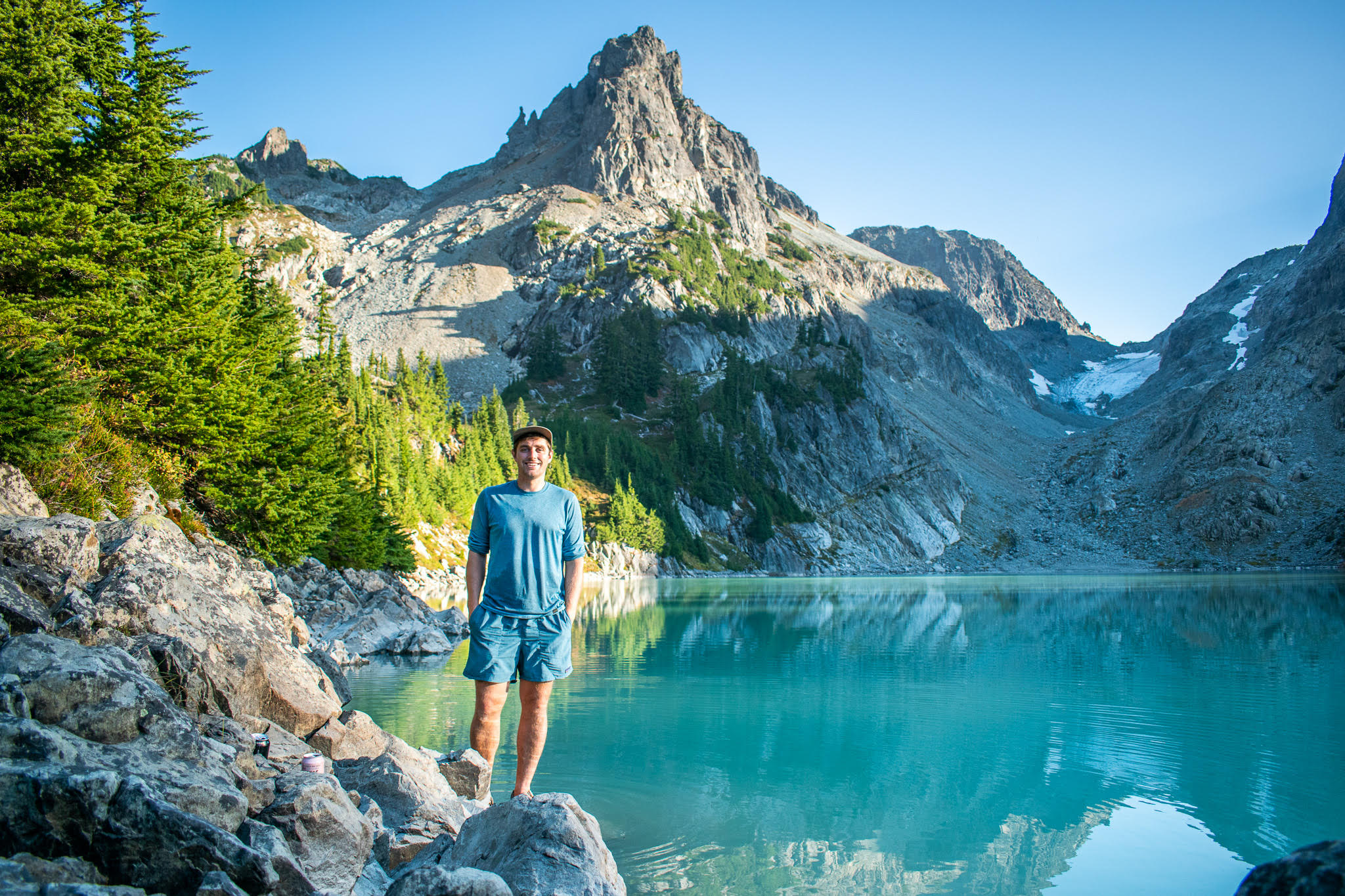2021 Arctic Innovator Looks to Advance Technology to Destroy Toxic PFAS ‘Forever Chemicals’ Prevalent Across Alaska
June 7, 2021

The Arctic Advanced Manufacturing Innovator Program has just selected its second Arctic innovator, and the Center of Innovation, Commercialization and Entrepreneurship team couldn’t be more excited. Chris Woodruff will be the new Arctic Innovator working with Idaho National Laboratory and the University of Alaska Fairbanks (UAF).
The Arctic Innovator program supports early-career innovators with fresh ideas and innovative approaches to address fundamental hard technology manufacturing challenges. The program is a collaboration between the U.S. Department of Energy’s Advanced Manufacturing Office, Oakridge Institute for Science and Education and the University of Alaska Fairbanks. Arctic Innovators work on advancing their early-stage concept, with support from mentors at UAF and a DOE national laboratory of their choice, to the point of being a potentially commercialized opportunity.
Chris Woodruff is a mechanical engineer with a breadth of experience spanning the aerospace, electronics and construction industries. His graduate research at the University of Washington (UW) focused on controls, automation and advanced manufacturing, working at the Boeing Advanced Research Center. His professional experience has given him an invaluable set of technical skills, including volunteer work with Engineers Without Borders developing water infrastructure for rural communities, which has instilled in him a desire to tackle projects that make a positive social and environmental impact.
Woodruff first heard of PFAS (per- and polyfluoroalkyl substances) “forever chemicals” when introduced to UW classmate Brian Pinkard, who was blown away by the biopersistence of PFAS and the risks they present to human health. PFAS chemicals don’t break down naturally and can accumulate over time. The U.S. Environmental Protection Agency notes that “there is evidence that exposure to PFAS can lead to adverse human health effects.” Widely used in consumer products and industrial firefighting foams, these chemicals are prevalent across Alaska due to the many airports and military bases statewide where the foams were used. Along with Jonathan Kamler and Nigel Sharp, both with ties to UAF, the team co-founded Aquagga, setting out to break down these toxic chemicals using technologies developed at both UW and UAF. The Aquagga team is exploring use of their technology at military, industrial and municipal sites across Alaska.
Woodruff’s mentor at Idaho National Laboratory (INL) is Robert Fox, an expert in additive manufacturing, materials development and hydrothermal processes. Woodruff hopes to apply foundational intellectual property developed by Kamler’s PhD work at UAF, leveraging INL facilities and expertise to explore novel material approaches for corrosion resistance in harsh working conditions.
The Arctic Innovator is a two-year program running from August 2021 through July 2023 with time split between Fairbanks and Idaho Falls, Idaho. Woodruff says “the combination of technical resources and entrepreneurial support provided by the program, along with the flexibility of leveraging facilities at both UAF and INL, will be invaluable in getting this technology out of the lab and out into the field.”
Woodruff has been in touch with Nathan Prisco, the first Arctic Innovator in the program, and is learning about the different conversations and opportunities that are in store for his tenure.
“I was talking to Nathan about his innovator experience, and he could not speak more highly of the program,” said Woodruff. “He's offering to put me in touch with other folks around Fairbanks, providing a warm welcome to the UAF and local community.”
Woodruff recently visited Alaska with the Aquagga team and can’t wait to get back to Fairbanks later this summer. “I grew up in a mountain town and spend a lot of my free time outdoors backpacking, fishing and skiing,” Woodruff said. He is excited to explore Denali and the Alaska Range, as well as the many miles of cross-country ski trails around town. Spending time in the mountains and on the trails while helping Alaska remove PFAS contamination from drinking water sounds like a great way to spend part of his two years.


